Senecio Identification Cards & Care Guide
Explore the world of Senecio! Whether you’re a seasoned plant enthusiast or just beginning your journey, this care guide will introduce you to the fascinating world of senecios. With their unique shapes, sizes, and colors, these low-maintenance succulents are sure to captivate you. In this guide, you will learn about the different types of senecios, and the steps you need to take to care for them properly. From watering techniques to propagation methods, this guide will be your go-to resource for all things senecio. At the bottom of this page, below the care information, you’ll find various species of Senecio and their specific care needs and nuances.
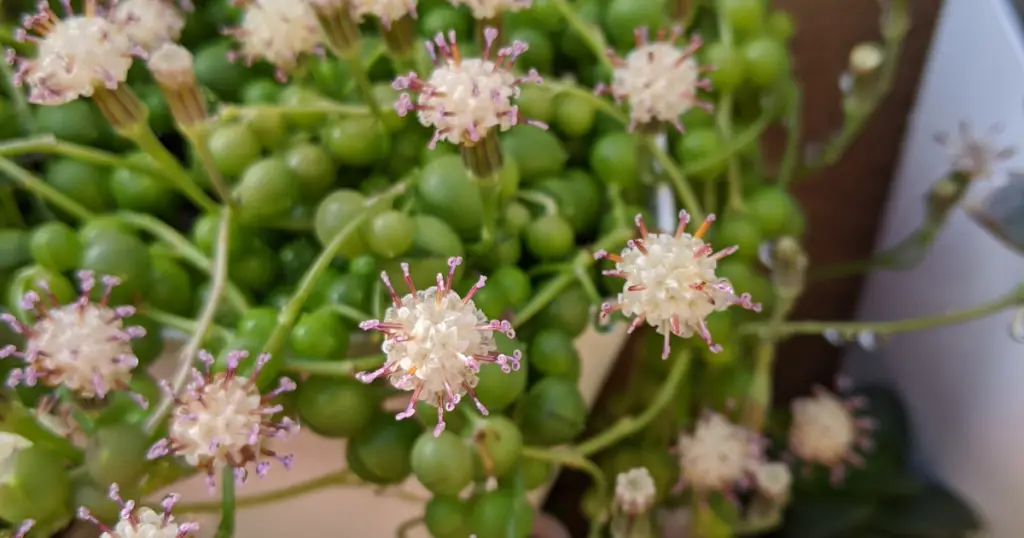
We are in harmony with the natural world, and seek to learn from and protect it.
Succulent Lover Mantra
Description
Senecio is an incredibly diverse genus of succulent plants that belong to the Asteraceae family. It is made up of over 1,000 species of plants, including shrubs, climbers, and hanging succulents, known for their unique leaves, colors, and bloom clusters. Senecio ranges from a few inches to several feet in height, and their growth habit and shape vary widely. They can be trailing, compact, or upright, and their foliage can be smooth, fuzzy, or spiky. Senecio come in different colors, including green, blue, gray, and silver, and some species produce colorful flowers in yellow, orange, pink, or white. I’d say it probably has the widest variety of colors, shapes and sizes of the succulents I have at home.
You might also like: Succulent Myths: Separating Fact from Fiction

Native Habitat
Senecio plants are native to different regions worldwide, including Africa, South America, and Europe. They grow in a range of habitats, from arid deserts to wetlands, and they can adapt to different climates and soil types. Some species of Senecio are found in alpine regions, while others grow in coastal areas. Senecio plants are hardy and can survive in a range of conditions, making them popular among gardeners and succulent enthusiasts.
You might also like: Native Habitats of Succulents: Explore the Incredibly Diverse Environments
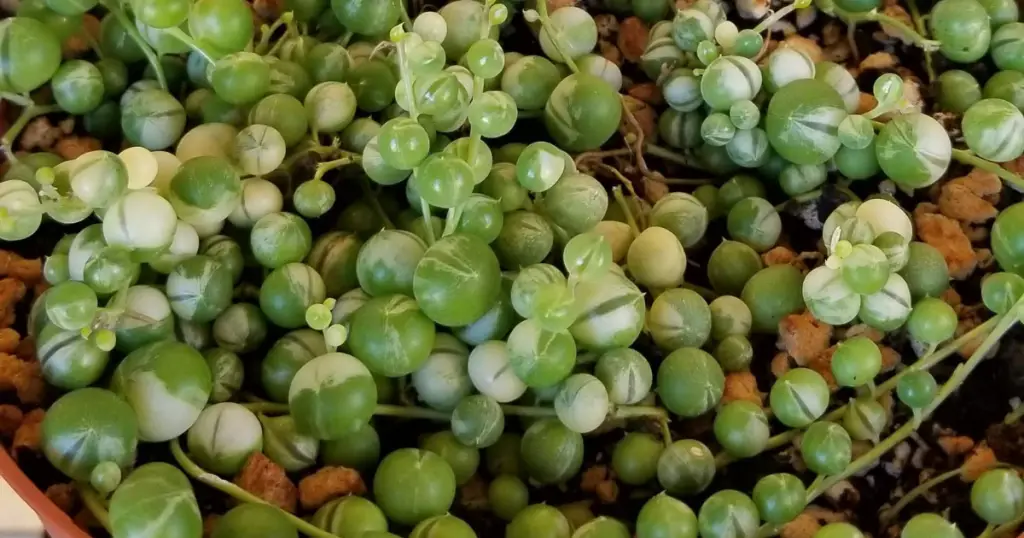
How to Water
Senecio plants have different watering needs depending on the species and the environment they grow in. In general, they prefer well-draining soil and infrequent watering to prevent root rot. Senecio plants can store water in their leaves, so they can tolerate periods of drought. When watering Senecio, make sure to allow the soil to dry out between waterings and avoid overwatering, which can cause root rot.
You might also like: How & When to Water Succulents So They Don’t Die
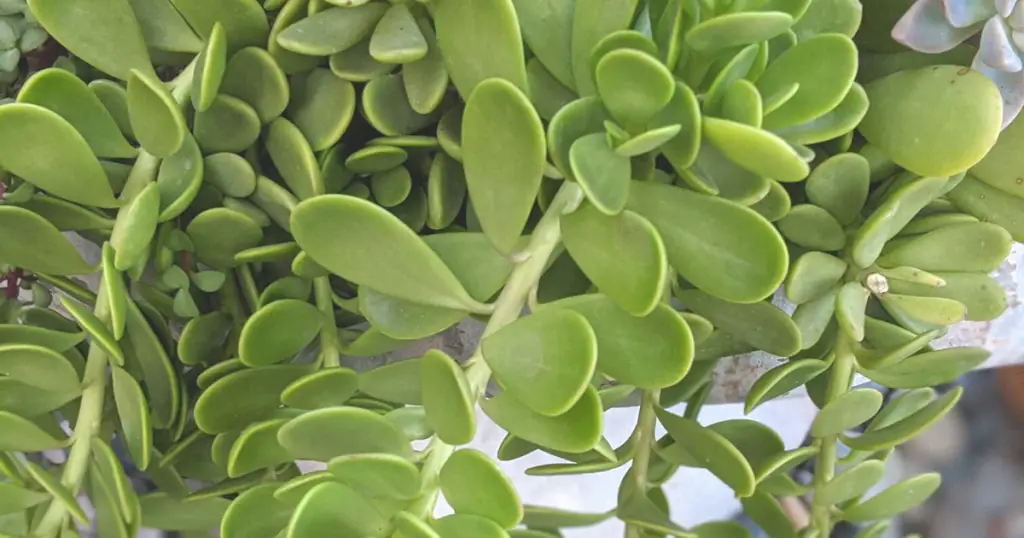
Soil
Senecio plants thrive in well-draining soil that allows water to flow freely. A suitable soil mix for Senecio should contain amendments such as Turface, pumice, perlite, and coarse sand to improve drainage and aeration. A mix of equal parts of potting soil, coarse sand, and perlite can provide a good growing medium for Senecio plants. Make sure to avoid heavy or compacted soil that can hold too much moisture and cause root rot.
You might also like: Succulent Soil: Ultimate Guide and 4 DIY Recipes to Keep Your Succulents Happy and Healthy
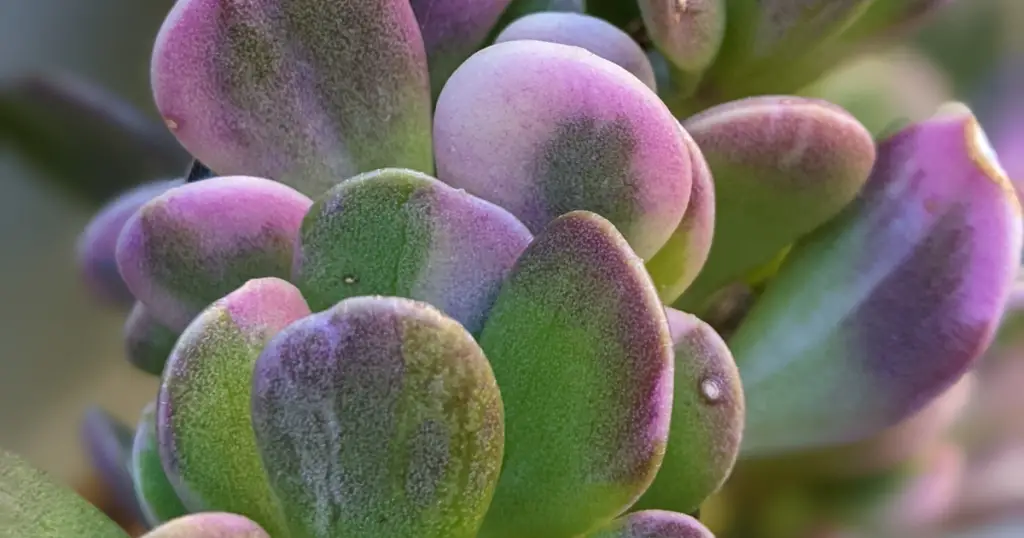
How to Propagate
Senecio plants can be propagated from stem or leaf cuttings, offsets, or seeds. Stem cuttings are the easiest and most common method of propagation. To propagate from stem cuttings, cut a healthy stem at the base and let it dry for a day or two. Then, plant the stem cutting in well-draining soil and coil the length of the cutting on the top of the soil. You’ll see that any point of the stem that is making contact with the soil will grow roots. Once the roots are well established, they’ll eventually start trailing over the sides of the pot. These cuttings can root quickly and produce new plants in a few weeks.
You might also like: Propagating Succulents 4 Ways: The Best Guide Ever
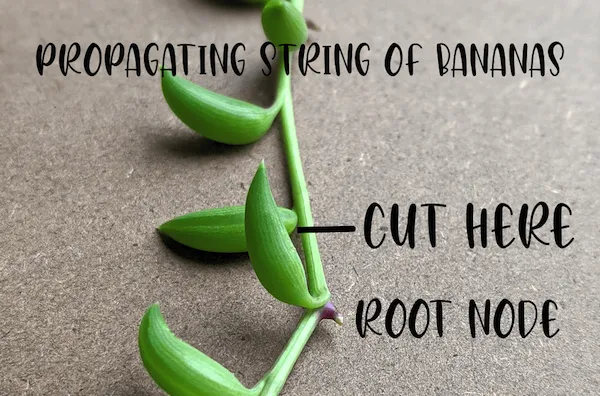
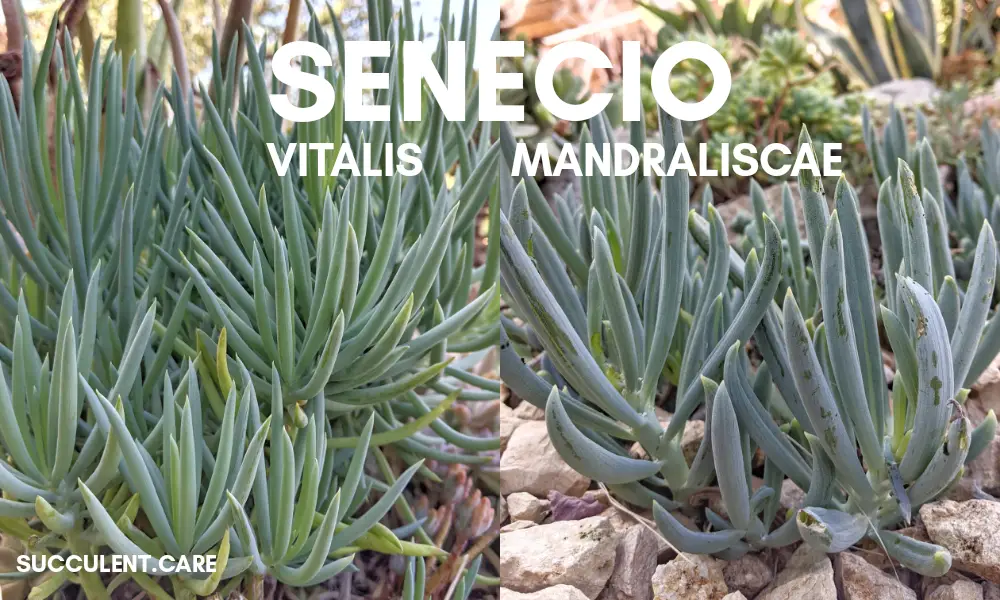
Note that Senecio require specific lighting conditions to maintain their health and appearance. While these plants can handle a wide range of light conditions, bright, indirect light is ideal for most species. Direct sunlight can be harmful to some varieties, causing the leaves to burn or become discolored. However, too little light can also be detrimental to the plant’s growth, causing it to become leggy or pale. Some species like ‘String of Dolphins’ will flatten out and looks like it should actually be named String of Rays.
When growing indoors, you should to place the plant near a sunny window or under a grow light that provides enough light. If you are growing them in a spot with low light levels, you can use artificial light sources to supplement the natural light. LED grow lights are a great option for providing consistent, high-quality light for indoor plants.
These succulents can adjust to different lighting conditions over time. If you are acclimating your plant to a new location with different lighting conditions, do it gradually over several weeks to allow the plant to acclimate to the change.
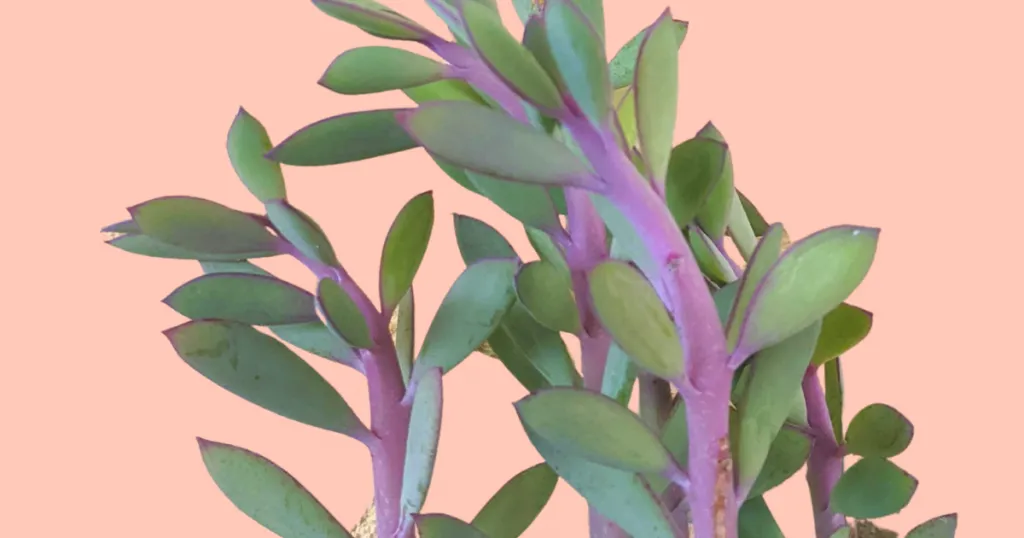
Fertilizer
Senecio plants do not require much fertilizer and can thrive in nutrient-poor soil. However, adding a balanced fertilizer during the growing season can promote healthy growth and flowering. Use a diluted fertilizer with an NPK ratio of 10-10-10 or less and apply it once a month during the growing season. Avoid fertilizing them during the dormant period, since they do not require much nutrient uptake. In the wild, they are used to growing and thriving in soil that pretty much has no nutrients at all.
You might also like: Succulent Fertilizer: The Ultimate Guide to Healthy Succulents + 8 DIY Fertilizer Recipes
Common Problems & Solutions
Senecio plants are generally hardy and disease-resistant, but they can suffer from pests such as mealybugs, spider mites, or scale insects. To prevent pests, inspect your Senecio plants regularly and isolate any infected plants. Use an insecticidal soap or neem oil to treat any pest infestations.
You might also like: 12 Succulent Pests and Diseases: Identification, Treatment, and Easy Prevention of Mealybugs, Thrips and More
Overwatering is the most common issue for Senecio plants, which can lead to root rot and other fungal diseases. To avoid this problem, make sure your plants are planted in well-draining soil and water them only when the top inch of soil is dry.
You might also like: Black Sooty Mold: 10 Effective Ways to Treat it on Succulents
Another common issue with Senecio is stem rot, which can occur if the plant is overwatered or if the soil is too compact. To prevent this, be sure to use a well-draining soil mix and avoid overwatering. If you notice any signs of stem rot, such as a soft or mushy stem, remove the affected parts of the plant and allow the remaining healthy parts to dry out before replanting.
You might also like: Senecio rowleyanus String of Pearls: The Unusual Succulent You Need in Your Collection
Hardiness Zone & Temperature
Senecio plants can grow well in a wide range of temperatures and hardiness zones. Depending on the variety, they can be hardy in USDA zones 9 to 11. These plants can tolerate high temperatures and drought conditions, making them a great choice for gardens in warmer climates. However, some varieties are sensitive to frost and cannot survive in temperatures below freezing. If you live in a colder climate, make sure to protect your succulents from frost or bring them indoors during the winter.
You might also like: Succulent Care by Zones
Some species contain toxins that can be harmful to humans and animals, so it’s important to research the specific variety you’re interested in and take necessary precautions when handling.
You might also like: Are Succulents Poisonous to Dogs?
Community
Join us in the SUCCULENTdotCARE Facebook Group to share pictures, ask questions and talk about all things succulent!
Instagram
Follow me on Instagram for more succulent pictures and funny succulent memes to get you through the day.
If you found any of this info helpful, please share it on your favorite social network! I truly appreciate it!
Pinterest
Facebook
Twitter
